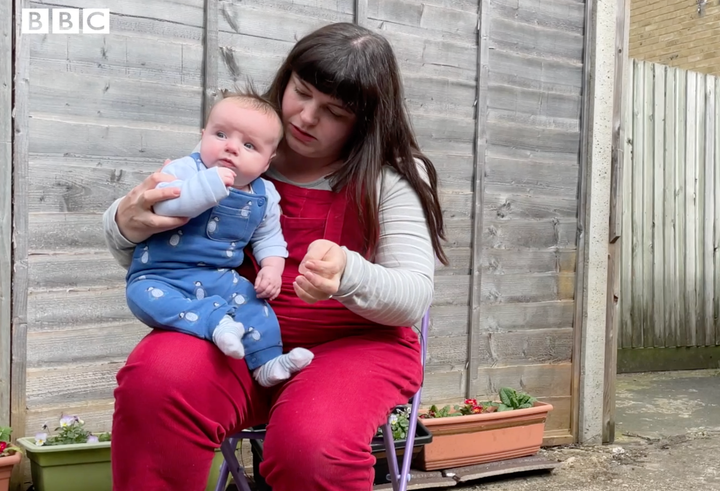One-fifth of the women in labour are being forced to wear face masks even though it goes against government guidelines.
In December 2020, there was a survey done by the charity Pregnant Then Screwed that interviewed 936 women and found that 160 of these women were told to wear face coverings while giving birth due to the risk of Covid-19. Celia Venables, from Pregnant Then Screwed, says there does seem to be some confusion of the guidelines with maternity staff. With guidelines stating that no one should wear a face mask if it causes distress or injury, and both the Royal College of Midwives and the Royal College of Obstetricians and Gynaecologists posted guidance in July 2020 that states no one should wear face masks during labour or a caesarean birth because of the risk for harm or complications. As such, with Veneables stating that “Women have told us that wearing a mask has added an extra layer of stress for them”, there is some cause for concern here.
Dr. Mary Ross Davie, the director of professional midwifery at the Royal College of Midwives said, “I would hope that it would be a rare situation that a woman would be asked to wear a mask in labour”. She suggests “I think sometimes what has happened is that some health professionals may not have understood when someone is in labour they should be exempt from wearing a mask”. Sharing such sentiments is Dr. Jo Mountfield, Vice President of the Royal College of Obstetricians and Gynaecologists, who told The Independent they were “disappointed to hear reports” of women who were asked to wear face masks while giving birth. The Independent also reported on how women have been forced to give birth alone without a partner as well as have pregnancy plans changed at last minute during the pandemic.

A poll by campaign group Make Birth Better, shared with The Independent last autumn found almost half of pregnant women who were dependent on support from a specialist mental health midwife said that help had stopped.
BBC News interviewed Rosie Brown, a 39-year-old who gave birth to her third child in December. Rosie has a condition called emetophobia, which is the phobia of vomit, and told the BBC that wearing her mask made her nauseous which caused her to panic. She says that the mask “‘was just put on my face” while she was in advanced labour, forcing it upon her and making her feel sick.
“So in amongst the claustrophobia and the pain, I was panicking that I was going to vomit inside my mask”, she tells BBC. There were complications during her labour, so while staff was causing Rosie discomfort and panic, she was “terrified that her son wasn’t going to make it”.

The Guardian has the interview with Natalie Titherington, from Oldham, who says she was not aware of the guidelines on face masks during labour when her baby girl was born last December. She said the birth was the most terrifying experience of her life. “I was gasping for air. I felt completely suffocated. I’m never going to be able to forget the feeling of not being able to breathe, and the fear and panic I felt while wearing a mask”.
Natalie ended up having an emergency caesarean and was told to wear the mask during the surgery.

Joeli Brearley, CEO and founder of Pregnant Then Screwed, has done research on how only 53% of women are feeling listened during labour. She said that “women that we’ve spoken to have had asthma, they’ve felt dizzy, one woman even threw up in her mask during labour. This is completely avoidable. The guidance needs to be made clear and communicated to all pregnant women that they do not need to wear masks during labour”.

With guidelines rapidly changing throughout these uncertain times, there can easily be confusion on what is allowed and what is not when regarding masks and personal protective equipment (PPE). However, we should always make sure to put our wellbeing and safety at the forefront of our minds, especially when giving birth to a child. The bottom line is that wearing a mask during labour is not required and should not be forced. We need to make sure to keep maternity staff up to date with these changing procedures as well as keeping up with Covid testing to ensure the safety of those in labour.














